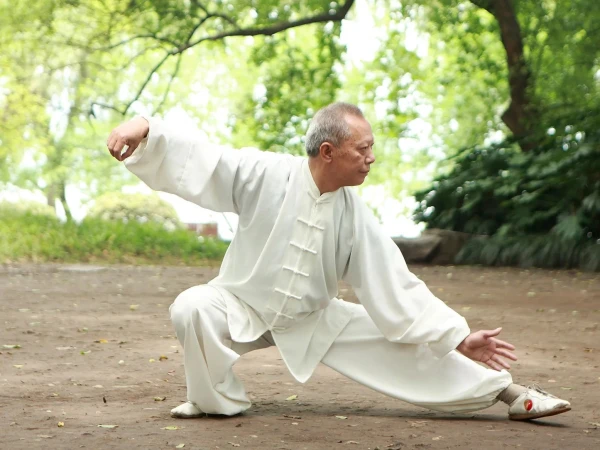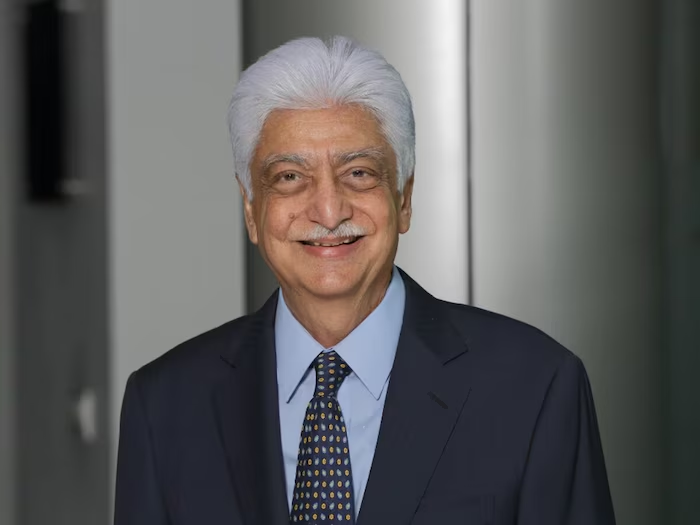امیتابھ بچن نے بہترین اداکار کے زمرے میں سب سے زیادہ نیشنل فلم ایوارڈز جیتے ہیں۔
امیتابھ بچن نے بہترین اداکار کے زمرے میں سب سے زیادہ نیشنل فلم ایوارڈز جیتے ہیں۔ 








هل نسيت كلمة المرور؟ الرجاء إدخال بريدك الإلكتروني، وسوف تصلك رسالة عليه حتى تستطيع عمل كلمة مرور جديدة.
عفوًا، ليس لديك صلاحيات لإضافة سؤال, يجب تسجيل الدخول لتستطيع إضافة سؤال.
برجاء توضيح أسباب شعورك أنك بحاجة للإبلاغ عن السؤال.
برجاء توضيح أسباب شعورك أنك بحاجة للإبلاغ عن الإجابة.
برجاء توضيح أسباب شعورك أنك بحاجة للإبلاغ عن المستخدم.
"الشروع في رحلة حيث المعرفة يلبي الفضول! Nuq4.com هو محور عاطفي الأفراد لتبادل الحكمة تعزيز حيوية المجتمع من وجهات نظر متنوعة. الانضمام إلينا في تبادل الأفكار ، حيث كل صوت لديه القدرة على تنوير وتمكين."
امیتابھ بچن نے بہترین اداکار کے زمرے میں سب سے زیادہ نیشنل فلم ایوارڈز جیتے ہیں۔
امیتابھ بچن نے بہترین اداکار کے زمرے میں سب سے زیادہ نیشنل فلم ایوارڈز جیتے ہیں۔ 




درفشاں سلیم نے بلال عباس سے نکاح کی خبروں پر پہلی بار خاموشی توڑ دی
درفشاں سلیم نے بلال عباس سے نکاح کی خبروں پر پہلی بار خاموشی توڑ دی 
غذا میں کاربوہائیڈریٹس کی کٹوتی الزائمرز کے مرض کے امکانات میں کمی کا سبب بن سکتی ہے، تحقیق
غذا میں کاربوہائیڈریٹس کی کٹوتی الزائمرز کے مرض کے امکانات میں کمی کا سبب بن سکتی ہے، تحقیق 
تائی چی ایک قدیم چینی ورزش ہے جو تقریباً 3 ہزار سال پرانی مانی جاتی ہے۔ یہ ورزش بظاہر نرم و سست حرکات پر مشتمل ہوتی ہے، لیکن اس کے فوائد نہایت طاقتور ہوتے ہیں
تائی چی ایک قدیم چینی ورزش ہے جو تقریباً 3 ہزار سال پرانی مانی جاتی ہے۔ یہ ورزش بظاہر نرم و سست حرکات پر مشتمل ہوتی ہے، لیکن اس کے فوائد نہایت طاقتور ہوتے ہیں 
پلاسٹک کا بڑھتا ہوا ایکسپوژر
پلاسٹک کا بڑھتا ہوا ایکسپوژر 
حالیہ تحقیق سے یہ بات سامنے آئی ہے کہ بلڈ پریشر کی دوا رات کو سونے سے پہلے لینا مریضوں کے لیے زیادہ مؤثر ثابت ہو سکتی ہے۔
حالیہ تحقیق سے یہ بات سامنے آئی ہے کہ بلڈ پریشر کی دوا رات کو سونے سے پہلے لینا مریضوں کے لیے زیادہ مؤثر ثابت ہو سکتی ہے۔ 
نوجوانوں میں آنتوں کا کینسر جو پہلے زیادہ تر 50 سے زائد عمر کے افراد میں پایا جاتا تھا، اب 20 سے 40 سال کی عمر کے افراد میں بھی تیزی سے بڑھ رہا ہے۔
نوجوانوں میں آنتوں کا کینسر جو پہلے زیادہ تر 50 سے زائد عمر کے افراد میں پایا جاتا تھا، اب 20 سے 40 سال کی عمر کے افراد میں بھی تیزی سے بڑھ رہا ہے۔ 
وہ معمر افراد جو صحت بخش غذا کا باقاعدگی سے استعمال کرتے ہیں، اُن میں بلڈ پریشر، ذیابیطس، امراضِ قلب اور جوڑوں کے درد جیسی دائمی بیماریوں کا آغاز دیر سے ہوتا ہے
وہ معمر افراد جو صحت بخش غذا کا باقاعدگی سے استعمال کرتے ہیں، اُن میں بلڈ پریشر، ذیابیطس، امراضِ قلب اور جوڑوں کے درد جیسی دائمی بیماریوں کا آغاز دیر سے ہوتا ہے 
ت بمعروف پاکستانی گلوکار علی سیٹھی ایک بار پھر اپنے لباس اور ’عجیب‘ فیشن کی وجہ سے خبروں کی زینن گئے ہیں۔
ت بمعروف پاکستانی گلوکار علی سیٹھی ایک بار پھر اپنے لباس اور ’عجیب‘ فیشن کی وجہ سے خبروں کی زینن گئے ہیں۔ 
India’s richest Muslim family:وپرو کے بانی عظیم پریم جی بھارت کے امیر ترین مسلمان ہیں۔ ان کی مجموعی دولت 11.6 بلین ڈالر ہے۔
India’s richest Muslim family:وپرو کے بانی عظیم پریم جی بھارت کے امیر ترین مسلمان ہیں۔ ان کی مجموعی دولت 11.6 بلین ڈالر ہے۔





قراءة أقل